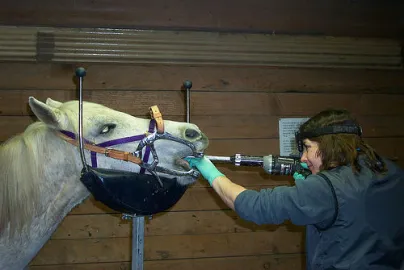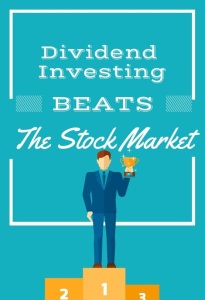Bishoping The Horse – PMS Style
November 14, 2019 Leave a comment

If you have a few lakhs lying round,then be certain that the PMS guys will definitely seek you out.Most of them are simply not worth your time or money.But that’s not to say that sifting through them you might not find the occasional gem.
So really,its all about being aware of the common ways in which the portfolio management services (PMS) provided are made to look way better value than they are, akin to bishoping horses bound for sale.
So here’s the list of stratagems commonly resorted to. Fairly long,but by no means comprehensive.Please feel free to use the comments section to add to this list:
1.Simplest of all ,gross portfolio returns are reported, with nary a word about fees and expenses and the GST. This might show the investment managers to be investment geniuses.But might leave you with underwhelming net results.Much ado about nothing really and you might have done better simply sticking to less sexy financial products.
2.Because just so often,things look so much greater in theory than in actual practice,you find Jacks talking up model portfolio returns even as they remain rather quiet about actual portfolio returns.
3.Just as diamantaires send their diamonds to the labs likely to give them the best grades,PMS literature speaks of returns in terms of IRR, TWRR, simple average, etc.Whatever looks like the better figure.And as there is no standardized method for calculating returns,you need to do your own calculations to compare various PMS offers.
4. Another nifty trick is to inflate returns by actualizing partial periods.
5.Then there is the trick of omitting the cash component in computing returns thereby erasing the drag that cash exerts on returns.
6.Then there are portfolio managers who include in their firm’s performance, the performance which was achieved either before receipt of PMS licence or the performance of their proprietary account/ portfolio.
7.Then there are chaps selectively disclosing their portfolio, getting the same audited and showing that as the returns of the firm.
8.Additionally there is the dodge of ignoring withdrawn portfolios and thus reporting a return which suffers from ‘survivorship bias’.Obviously those clients experiencing stellar returns were not exclusively the the first to leave.
9.Then there is the little trick of not bringing up benchmarks that are inconvenient or simply changing them to the more convenient ones.
10.Another trick is not expensing out upfront fees and set-up costs but reducing them from your capital contribution.
11. Then performance fees are calculated after taking only realized gains into consideration and deliberately omitting unrealized losses
12.Some fail to widely publicize important factors such as a change in the identity of the fund manager and change in the investment strategy .
13.And many don’t provide the standard deviation figure of their portfolio when reporting performance. That is for you to calculate and figure out if you are cool with such divergence from the returns being touted to sign you up.
PMS products are supposedly for the savvier investor than the general mutual fund investor.So best you be savvy and do your own math and due diligence.


 Below is a favourite but somewhat dated Rakesh Jhunjhunwala interview.I frequently revisit the article to read about how he started out.Every time I wonder how I might be able to do what I want to do with so few resources,I find reading his story inspiring.Also I like his way of limiting risk,dealing with loss , having flexible targets and dealing with unfavourable opinions.The red ink is mine.It’s to highlight the parts I find interesting.As a side note,I also like reading the account of the 1993 blasts,if for no other reason than to remind myself about the spirit of Mumbai and the grit of all Mumbaikars.
Below is a favourite but somewhat dated Rakesh Jhunjhunwala interview.I frequently revisit the article to read about how he started out.Every time I wonder how I might be able to do what I want to do with so few resources,I find reading his story inspiring.Also I like his way of limiting risk,dealing with loss , having flexible targets and dealing with unfavourable opinions.The red ink is mine.It’s to highlight the parts I find interesting.As a side note,I also like reading the account of the 1993 blasts,if for no other reason than to remind myself about the spirit of Mumbai and the grit of all Mumbaikars. 



